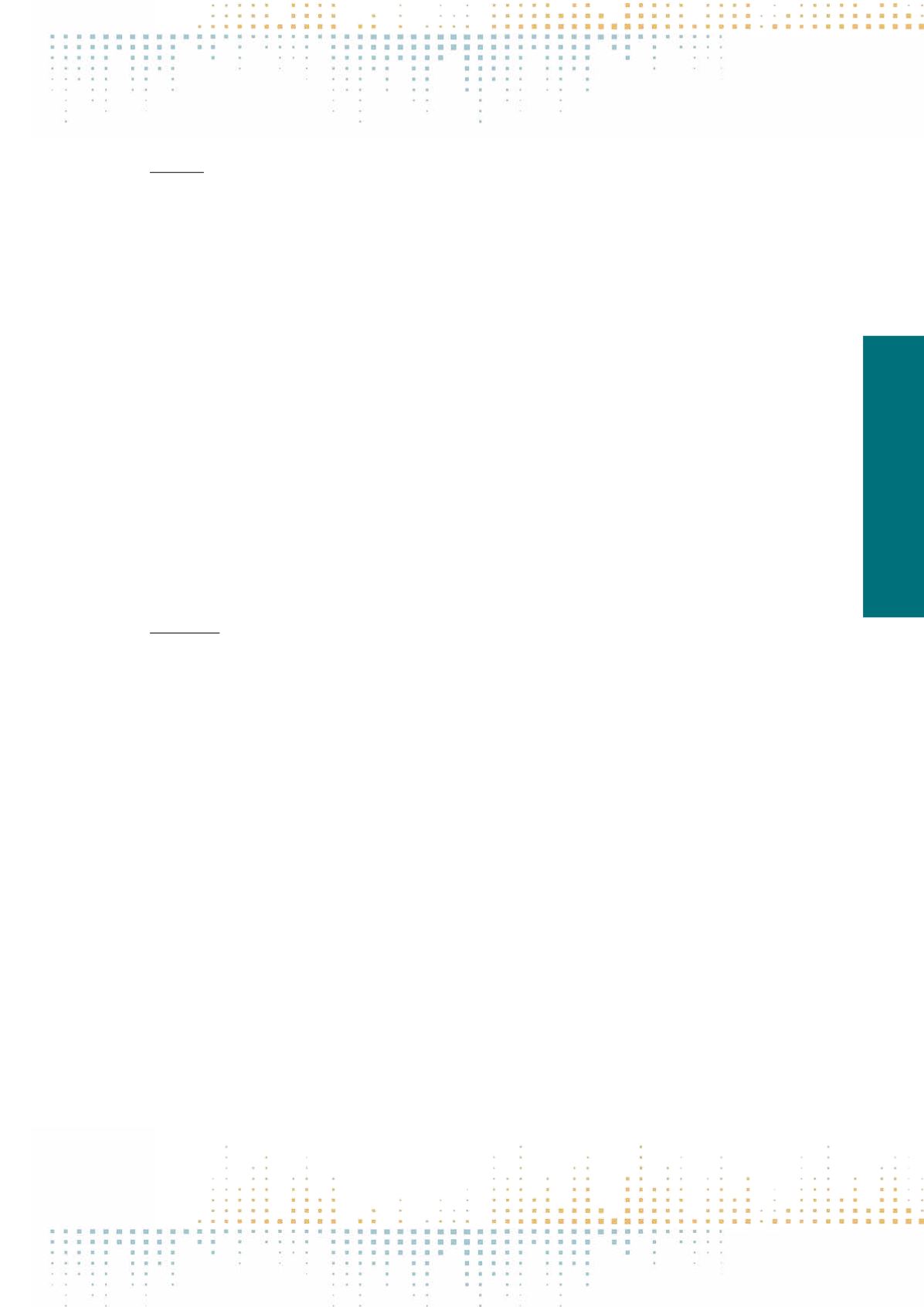

305
Friday, November 11
1 8 : 0 0 – 1 9 : 3 0
PP 485
New Actors of Information Warfare; The Russia-Ukraine Conflict
P. Ståhlberg
1
, G. Bolin
1
1
Södertörn University, Media and communication studies, Huddinge, Sweden
The conflict between Ukraine and Russia has once again reminded the world that wars are not only fought with guns and tanks, but also with information
technologies. War propaganda is an ancient phenomenon that has been used for various purposes and for different audiences (Jowett & O’Donnell, 1992).
Propaganda is targeted towards the enemy with the aim to demoralise and destabilise their public support whilst in relation to the domestic audience, it
serves the purpose of mobilising public opinion to support warfare (Vuorinen, 2012). Foreign audiences are also targets for propaganda; it is used to raise
support and influence international public opinion (Schleifer, 2012). In Western mass media attention has foremost concentrated on Russian propaganda,
directed both towards Russian-speaking populations and international publics (Yuhas, 2014; Nevéus, 2015).The same pattern of attention reveal in the – so
far – few scholarly articles published so far (e.g. Pikulicka-Wilczewska & Sakwa, 2015), yet less attention has been paid to the management of information
from the Ukrainian perspective. At its extreme, Ukraine is described as overtaken by fascists in propaganda from the Russian side, while Russia is described
as an autocratic madhouse by the Ukrainian side in the conflict. Much of this information war is played out in social networking media such as Facebook and
Twitter, where organised disinformation campaigns and astro-turfing have been reported (e.g. Nevéus, 2015).With the rise and establishment of social net‑
working media in conjunction with the spread of personal and mobile media technologies such as laptops, smartphones and tablet computers, propaganda
and information management take on new forms, and thus also involve a new set of agents. This tendency is further fuelled by the increased influence
of the market sector and marketing logics in all areas of society. Both these phenomena call for new approaches to information warfare and propaganda,
where there is a need to identify and analyse the new agents involved, and the impact these agents have on messages produced and disseminated. The aim
of this paper is to analyse some of the agents involved in the management of information in Ukraine, and we would like to propose that the conflict between
Ukraine and Russia has engaged an entirely new set of actors engaged in information war and the management of information, most notably from the PR
business but also from journalism and corporate finance. These new actors bring with them competences, ideologies and practices from their field of origin
which impact on the practice and expressive character of information warfare. In the paper we will analyse the pro-Ukrainian propaganda and information
management from three different platforms addressing external audiences in the rest of the world: Ukraine Crisis Media Centre (UCMC), Ukraine Today
and StopFake.org. The UCMC aims to provide global media with 'objective information about events in Ukraine”, Ukraine Today is private English language
satellite television channel specialising in news from a Ukrainian perspective and StopFake is a fact-checking website aimed launched in March 2014.
PP 486
Islamic State’s Remediation Strategies: Creating Propaganda Through the Words of Others
I. Zakareviciute
1
, M. Jungblut
1
1
Ludwig Maximilian University, Communication Studies and Media Research, Munich, Germany
After its emergence in the Syrian civil war the so-called Islamic State (IS) became one of the most widely discussed actors in the vivid conflict’s media sphere,
getting gripping descriptions as‘network of death’(Obama, 2014, UN GA speech),‘the best-financed terror franchise in history’(MSC, 2016, p. 18) and‘army
of terror’(Weiss & Hassan, 2015). Their reliance on modern communication technology for propagandistic purposes has attracted a great deal of attention
not only from scholars, but also from journalists, think tanks and lay publics (e.g. Farwell, 2014; Kardas & Özdemir, 2014; Reuter, Salloum & Shafy, 2014;
Satti, 2015; Sorenson, 2014). Many note, that IS’ propagandistic Hollywood-styled videos, excessive usage of social media and heavily altered images
show how well the organization is embedded in the technological media terrain, fitting all too well in the contemporary mediatized conflict environment
(Hoskins & O’Loughlin, 2010; Winter, 2015; Yeung, 2015). This paper seeks to analyze IS’communicative strategies in creating messages that resonate with
their potential adherents. Namely, it focuses on the fact that IS often mimics contemporary media formats to do so. The contribution, thereby, analyzes
IS’English-language monthly Dabiq magazine. Just as regular news magazines, Dabiq relies on familiar journalistic forms such as editorials or interviews.
Moreover, it also uses various forms of remediation (Bolter, 2000; see also: Ratta, 2015; Kovacs 2015) to transport propagandistic messages. Remediation
can be characterized as the repositioning of existing content into a different contextual framework. In doing so, the original meaning of the pristine mes‑
sage is reframed and integrated into a new frame (cf. Chong & Druckmann, 2007). As a result, IS media strategy reframes known messages and integrates
them into their propagandistic frames. An example for this, is the recurring category“In the words of the enemy”which uses quotes by opponents of IS and
integrate them into messages that are meant to unify the readers behind the ideals of IS and to condemn the author of the quote. The research, therefore,
analyzes remediation practices IS uses to appeal to present and potential adherents. It examines what sources are being used (e.g. religious texts, reports
from mainstream media, quotes from politicians and public figures), what strategies are being applied and what role remediation plays in the wider IS’s
communicative strategy.To answer these questions, the paper relies on the results of a qualitative content analysis that focuses on the usage of remediation
in the existing issues of Dabiq.



















